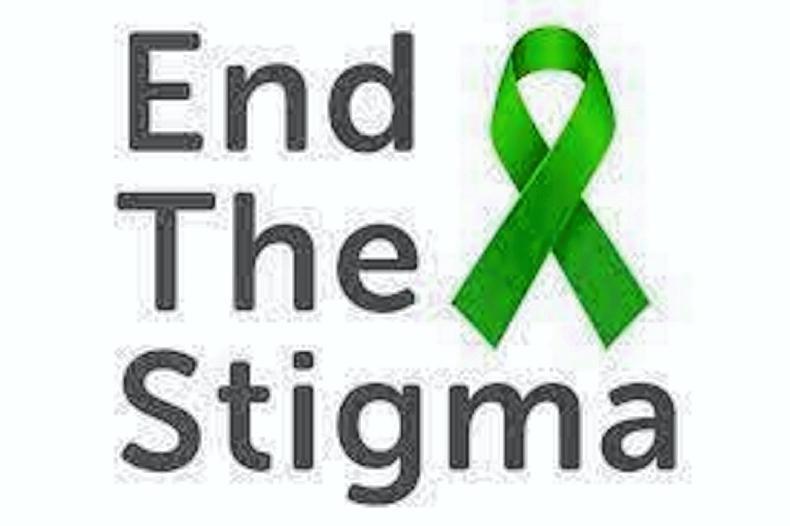THERE is a question often posed by people; why do we need Pride Month? The fact is that members of the LGBTQ+ communities wish that there was no need for it, but the everyday experience for many is that there is much work still to be done in relation to education.
The first thing we must become aware of is that inequalities and barriers exist, and that they impact a significant portion of any population. A census two years ago in Britain was clear – members of the community, regardless of gender or sexual orientation, deserve to feel safe, respected and have the same access to healthcare, education, employment, housing and social services as anyone else.
Examples of inequalities faced by the LGBTQ+ community are that students are more likely to be bullied for being LGBTQ+ and isolated due to a lack of LGBTQ+ specific support; LGBTQ+ employees are more likely to experience workplace conflict and harassment, and a quarter of young homeless people are LGBTQ+.
One of the most visible ways to raise awareness of these inequalities is participation and support of LGBTQ+ pride parades.
Why parade
Why do people go to LGBTQ+ pride parades? Does supporting such events really help solve healthcare, education, employment, housing and social services inequality? No, but it certainly helps.
Pride parades were once protests. The Stonewall Uprising began as a reaction to yet another homophobic, violent raid by police on the Stonewall Inn, a gay club located in Greenwich Village in New York City. The led to the first Gay Pride rally one year later. Pride parades in Ireland also have a rich, important history, and still serve a purpose, even if they are no longer overtly a protest.
Events, such as the one that will be held today, Saturday, in Dublin, are an opportunity to show up in great numbers to celebrate and honour those who came before us, and to acknowledge the suffering of LGBTQ+ people around the world.
By physically taking up space and being loud and proud, even for a day, marchers and allies remind government bodies of the issues facing the community.
Perhaps most importantly, Pride celebrations in all their forms give the LGBTQ+ community a chance to gather and see what common ground they share.
Employer’s onus
So, what can employers do for the LGBTQ+ community?
Firstly, they should action inclusive LGBTQ+ initiatives all year. After all, it’s 2023 and we need to move past making token gestures. LGBTQ+ employees need safe, secure and welcoming workplaces, where their protections are embedded and robust enough that they withstand ongoing outside pressures and negative opinions.
One in five workplaces don’t have any policies to support their LGBT+ staff, and of those companies that do have LGBT+ policies only one in three updated them in the last 12 months. Policies should be about underpinning protections and providing support, starting with a dedicated, robust Diversity, Equality and Inclusion policy that provides clear guidelines on how to avoid discrimination, and outlines the organisation’s commitment to providing a safe, inclusive workplace for all.
Once you have that, look at policies to make sure they are LGBTQ+ inclusive. Start with these three questions to begin understanding if your organisation is where it needs to be:
1) Protection: Do you need specific LGBTQ+ policies or is it more appropriate for your organisation that all your policies explicitly mention LGBTQ+ people? Each policy needs to consider sexual orientation, gender identity and gender expression, and include the consequences for any instances of bullying, harassment, and discrimination.
2) Support: Does your benefits package (pension, family, leave etc.) and healthcare provider include LGBTQ+ employees? There are a number of inequalities faced by the LGBTQ+ community when it comes to support and healthcare, so an inclusive benefits package can, literally, be a lifesaver.
3) Inclusion: Is the language gender-neutral? Use ‘they’ instead of he/him or she/her. This language is more considerate, removes gender bias and includes all employees.
Build trust
This isn’t easy, but for employees to disclose sensitive information and feel safe enough to bring their whole self to work, employers need to signal to LGBTQ+ employees that they are open to feedback. There are a few good ways to begin this journey that don’t involve attending a Pride Parade but are just as public-facing and impactful.
Ensure that your system of collecting sensitive data is in line with privacy law and human rights law. Consider getting a third-party professional to audit your system and share this with your employees. By being transparent about this process and sharing with employees that the information they volunteer is handled and stored legally compliant way and will not be used against them, builds trust.
Educating and connecting with your employees about their protections allows an organisation (and importantly its leadership) to demonstrate that it has an awareness for employees and understands its own accountability.
Participate in a third-party benchmarking tool to measure inclusion in the workplace and commit to improving year on year. These very public assessments not only show commitment to seeking objective, unbiased feedback, it also builds confidence and trust that the organisation takes their approach to inclusion seriously.
Increase visibility
There are numerous ways that everyone can get involved in increasing visibility and platforming LGBTQ+ voices.
Normalise conversations around gender and gender identity by including pronouns in the most common forms of communication, such as emails, and specifically email signatures. Another action would be to use the many LGBTQ+ Awareness Days to celebrate LGBTQ+ people and their achievements.
Partake in ‘silent signalling’, with the use of rainbow lanyards, provide links to well-known LGBTQ+ websites on your organisation’s intranet, or support an LGBTQ+ charity at your next event. The list could go on, but the purpose is always the same; these signals let LGBTQ+ individuals know that your organisation is socially aware and attracts talent which might otherwise have been untapped.
Train and listen
Diversity and inclusion should be woven throughout all training. The training should include your policies, appropriate behaviours and then go beyond that. It should be viewed as an opportunity to continuously improve, review changes, and celebrate differences throughout the year, not just be a box-ticking exercise. Investing in appropriate resources is important as it shouldn’t be up to LGBTQ+ and other minority employees to educate others.
And finally, listen to your staff. Consult them. They know their roles and have experiences in the workplace that you may not have been aware of. By learning more about the LGBTQ+ lived experience, you and your organisation can better provide for them, include them, and champion them.


 This is a subscriber-only article
This is a subscriber-only article
 It looks like you're browsing in private mode
It looks like you're browsing in private mode










SHARING OPTIONS: